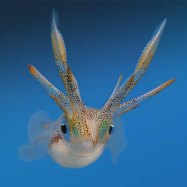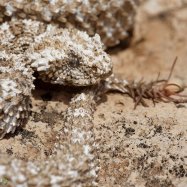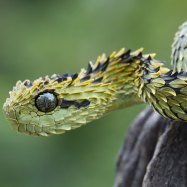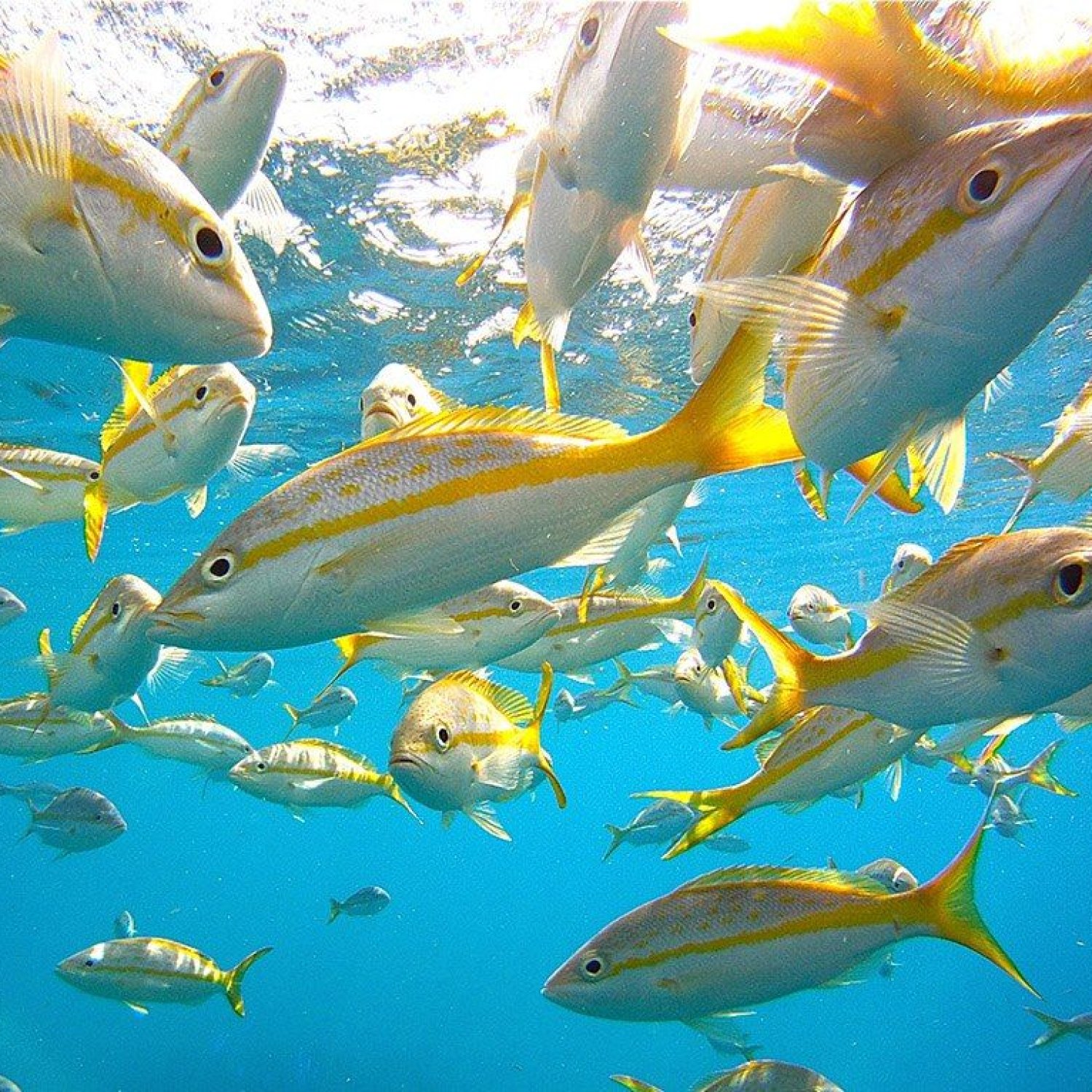
Yellowtail Snapper
Up to 30 inches (76 cm)
The Yellowtail Snapper is a popular game fish found in the Caribbean Sea, Gulf of Mexico, and South Florida. With its slender and elongated body, this fish can grow up to 30 inches (76 cm). Its scientific name is Lutjanidae, but it's also known as the Yellowtail or Yellowtail Snapper in English. These colorful fish are a prized catch for anglers, so make sure to have your fishing gear ready if you're heading to these waters! #YellowtailSnapper #CaribbeanSea #GulfofMexico #SouthFlorida #Lutjanidae
Animal Details Summary:
Common Name: Yellowtail Snapper
Kingdom: Animalia
Habitat: Reef-associated, Oceanodromous
The Colorful World of Yellowtail Snappers
Amidst the crystal clear blue waters of the Caribbean Sea, Gulf of Mexico, and South Florida, there is a fish that stands out with its bright yellow color and slender body – the Yellowtail Snapper. Known for its distinct coloration, this fish is a popular game fish in the western Atlantic Ocean, attracting both recreational and commercial anglers.Scientifically known as Ocyurus chrysurus, the Yellowtail Snapper belongs to the Kingdom Animalia, Phylum Chordata, and Class Actinopterygii. It is a member of the Perciformes order and Lutjanidae family, making it a close relative of other popular snappers such as the Red and Mutton Snapper Yellowtail Snapper.
Habitat and Distribution
Yellowtail Snappers are reef-associated and oceanodromous, meaning they inhabit both coral reefs and open waters. These fish can be found at depths ranging from 10 to 190 feet, making them accessible for both recreational and commercial fishing.Their distribution is primarily limited to the western Atlantic Ocean, with their population extending from southern Brazil to the Gulf of Mexico and the Caribbean Sea. However, their numbers are most abundant in the waters of South Florida, making it a prime location for fishermen seeking to catch them.
Feeding Habits of Yellowtail Snappers
Being a carnivorous species, Yellowtail Snappers primarily feed on small fish, crustaceans, and mollusks. Their diet consists of smaller fish such as herring, ballyhoo, and sardines, as well as invertebrates like shrimp, crabs, and squid.To catch their prey, these fish use their sharp, protruding teeth, and their powerful swimming abilities. They are quick and agile, making them efficient hunters in their natural habitat.
Appearance and Body Shape
Yellowtail Snappers are known for their striking appearance, with their bright yellow color contrasting against a white belly Yellow Aphids. Their body is elongated and slender, with a pointed head and a forked tail.An average Yellowtail Snapper can reach up to 30 inches (76 cm) in length and weigh up to 8 pounds (3.6 kg). However, larger individuals have been known to grow up to 35 inches (89 cm) and weigh over 10 pounds (4.5 kg).
In terms of gender, male Yellowtail Snappers tend to have a larger head and a more pronounced rounded dorsal fin, while females have a more pointed dorsal fin and smaller head.
The Importance of Yellowtail Snappers in the Ecosystem
Aside from being a popular game fish, Yellowtail Snappers also have a significant role in maintaining the balance of the ocean's ecosystem. They act as both predators and prey, meaning their population has a direct impact on the populations of other fish species and invertebrates in their habitat.As predators, they help control the population of smaller fish and crustaceans, preventing them from overpopulating and creating imbalances in the ecosystem. On the other hand, they also serve as a food source for bigger predators, such as sharks and barracudas, who play a crucial role in the marine food chain.
Threats and Conservation Efforts
Like many other fish species, Yellowtail Snappers face threats to their population due to overfishing and the destruction of their natural habitat. However, strict fishing regulations and conservation efforts have helped stabilize their numbers in recent years.In the United States, the fishing of Yellowtail Snappers is regulated by the National Marine Fisheries Service's Gulf of Mexico Fishery Management Council. This council sets limits on the number and size of Yellowtail Snappers that can be caught, as well as the season and area where they can be caught.
Recreational Fishing for Yellowtail Snappers
Yellowtail Snappers are a coveted species for recreational anglers, known for their strength and ability to put up a fight when caught. They are usually caught using live bait, such as shrimp and small fish, or artificial lures that mimic their natural prey.To catch a Yellowtail Snapper, a fisherman needs to have strong fishing gear, including a medium to heavy rod and reel, as well as a good amount of patience. These fish are known to bite quickly and then put up a strong fight against the angler, making them a thrilling catch.
In Conclusion
In summary, the Yellowtail Snapper is a magnificent fish that plays an essential role in the western Atlantic Ocean's marine ecosystem. Its vibrant color, elongated body shape, and powerful feeding habits make it a fascinating species to observe and hunt.With conservation efforts in place and strict fishing regulations, the future looks bright for the Yellowtail Snapper. And for recreational anglers, the excitement of catching one of these fish will continue to be a beloved pastime in the crystal clear waters of the Caribbean Sea and South Florida.

Yellowtail Snapper
Animal Details Yellowtail Snapper - Scientific Name: Ocyurus chrysurus
- Category: Animals Y
- Scientific Name: Ocyurus chrysurus
- Common Name: Yellowtail Snapper
- Kingdom: Animalia
- Phylum: Chordata
- Class: Actinopterygii
- Order: Perciformes
- Family: Lutjanidae
- Habitat: Reef-associated, Oceanodromous
- Feeding Method: Carnivorous
- Geographical Distribution: Western Atlantic Ocean
- Country of Origin: United States
- Location: Caribbean Sea, Gulf of Mexico, South Florida
- Animal Coloration: Bright yellow with a white belly
- Body Shape: Slender and elongated
- Length: Up to 30 inches (76 cm)
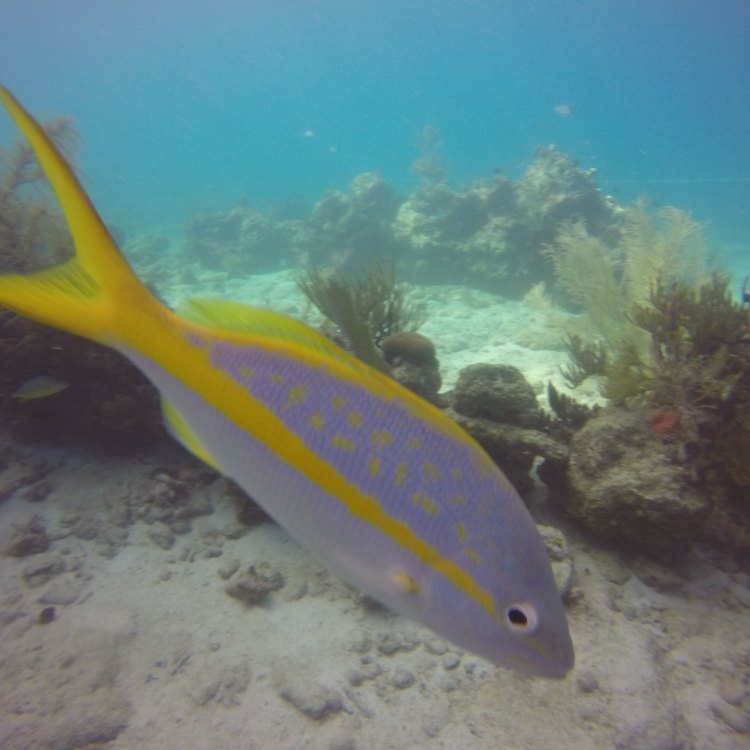
Yellowtail Snapper
- Adult Size: 20 inches (51 cm)
- Average Lifespan: Up to 13 years
- Reproduction: Sexual
- Reproductive Behavior: Spawning in large groups
- Sound or Call: Silent
- Migration Pattern: Seasonal migration along the coast
- Social Groups: Schools
- Behavior: Highly social and active during the day
- Threats: Overfishing, habitat destruction
- Conservation Status: Not evaluated
- Impact on Ecosystem: Key predator in coral reef ecosystems
- Human Use: Commercial and recreational fishing
- Distinctive Features: Yellow coloration and yellow tail fin
- Interesting Facts: Yellowtail snappers are popular game fish known for their strong fight and delicious taste.
- Predator: Sharks, barracudas, and other large predatory fish
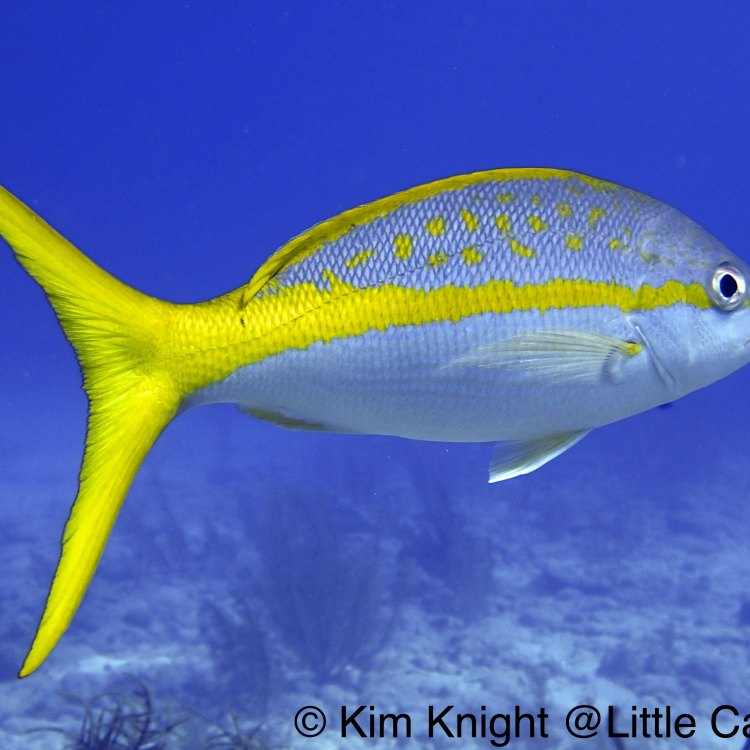
Ocyurus chrysurus
The Colorful World of Yellowtail Snapper: From Ocean Life to Culinary Delight
The ocean is full of fascinating creatures, each with their unique characteristics and behaviors. Among the diverse marine life, one species stands out for its striking appearance and vital role in the ecosystem - the yellowtail snapper.Found in the warm waters of the Western Atlantic Ocean, Caribbean Sea, and Gulf of Mexico, the yellowtail snapper (Ocyurus chrysurus) is a highly social fish with a vibrant yellow coloration and a distinctive yellow tail fin. This species belongs to the Lutjanidae family, commonly known as snappers, and is often referred to as "yellowtail" or "yellowtail snapper" due to its noticeable feature PeaceOfAnimals.Com.
In this article, we will dive into the colorful world of the yellowtail snapper and explore its unique features, behavior, and impact on the marine ecosystem and human use.
Distinctive Features: A Splash of Yellow in the Ocean
One glance at the yellowtail snapper, and it's hard to miss its striking yellow color. With an elongated body, this beautiful fish can grow up to 20 inches (51 cm) in length. Its body is slender and slightly compressed, with a pointed snout and a large mouth.But what sets the yellowtail snapper apart from other fish is its distinct yellow caudal fin, which is known to give the illusion of a trailing signature as the fish swims. This signature tail fin, along with its yellow coloration, makes it stand out in the vast blue ocean, making it a popular sight for divers and snorkelers.
Unlike other snappers, which have dark stripes or spots, the yellowtail snapper lacks any markings on its body. This bright and bold coloration is not just for show; it serves as a form of camouflage against predators and also helps attract potential mates during the breeding season.
A Key Predator in Coral Reef Ecosystems
The yellowtail snapper plays a crucial role in maintaining the balance of coral reef ecosystems Yellow Tanager. As a carnivorous species, it feeds on a variety of small fish, crustaceans, and other invertebrates, making them a primary predator in their habitat.With their sharp teeth and streamlined body, yellowtail snappers are skilled hunters, capable of darting swiftly to catch their prey. Their diet often includes small reef fish, such as gobies, grunts, and snails, which helps control their populations and prevents overgrazing on algae.
In addition to being a predator, yellowtail snappers also act as prey for larger marine animals, such as sharks, barracudas, and other predatory fish. This makes them an essential part of the food chain, and a decline in their population can have a ripple effect on the entire ecosystem.
Highly Social and Active during the Day
Yellowtail snappers are highly social creatures, often found in large schools or groups that can range from a few individuals to hundreds. These schools can be made up of individuals of the same size, age, or even mixed groups. They typically form schools to reduce the risk of predation and to increase their chances of finding food.These social gatherings also play a crucial role in their reproductive behavior. During the breeding season, which occurs year-round in some areas and from April to July in others, yellowtail snappers form large spawning aggregations. These aggregations can consist of thousands of individuals, and are essential for the success of their reproduction.
Interestingly, yellowtail snappers do not produce any sound or call during their spawning rituals, unlike some other fish species. Instead, they engage in a silent but intricate dance, where males and females swim together in a circular motion, releasing their eggs and sperm into the water simultaneously.
Seasonal Migration: A Long Swim Along the Coast
Another fascinating fact about yellowtail snappers is their seasonal migration pattern. They have the ability to travel long distances, swimming from Florida and the Bahamas in the winter to the Yucatan Peninsula and Caribbean Sea in the summer.This coastal migration is influenced by factors such as water temperature, food availability, and reproductive behavior. As their preferred water temperature is between 75-82°F, they tend to follow the warmer currents during the winter months and return to cooler waters in the summer.
Threats and Conservation Status: A Fragile Existence in a Changing World
While the yellowtail snapper may seem abundant in the ocean, its population is not immune to threats and challenges. Overfishing, habitat destruction and pollution are all factors that can affect the survival of this species.As a popular game fish, yellowtail snappers are highly sought after by both commercial and recreational fishermen. They are often caught using longlines, traps, and nets, which can result in significant bycatch, meaning the unintentional capture of other fish species. This can lead to a decline in their populations and disrupt the delicate balance of the ecosystem.
In addition to overfishing, habitat destruction, such as coral reef damage, can also threaten the survival of yellowtail snappers. These fish rely on the complex structure of coral reefs for shelter and food, and any damage to these habitats can have a lasting impact on their population.
The conservation status of the yellowtail snapper is currently listed as "Not evaluated" by the International Union for the Conservation of Nature (IUCN). However, it is important to monitor their populations and take necessary measures to ensure their survival in the ever-changing world.
From Ocean to Plate: Human Use of Yellowtail Snapper
The distinctive features and delicious taste of yellowtail snappers make them a highly sought-after fish for human consumption. Their firm, white meat is often compared to that of red snapper and is a popular choice in restaurants and seafood markets.In the United States, yellowtail snappers are primarily caught in the Florida Keys, where commercial and recreational fishing is well regulated by state and federal authorities. The average lifespan of yellowtail snappers is up to 13 years, and they reach reproductive maturity at around three years of age. This allows for sustainable harvesting of this species, ensuring its availability for future generations.
Yellowtail snappers are not just a culinary delight but also an essential part of various cuisines. They are a popular ingredient in Caribbean and Latin American dishes, such as ceviche and escabeche, and are also an important source of protein for local communities.
Fascinating Facts: The Dynamic Life of Yellowtail Snapper
Aside from their distinctive features and role in the ecosystem, yellowtail snappers have many interesting facts that make them an intriguing species to learn about. Let's take a look at some of these fascinating facts:● Yellowtail snappers are known for their strong fight when caught, making them a popular game fish among recreational fishermen.
● They have been observed to use tools - specifically rocks - to open mollusks for food.
● As a result of overfishing, there have been instances of commercial yellowtail snapper being mislabeled or sold as other fish species, such as red snapper or grunt.
● In some areas, yellowtail snappers have been observed engaging in cooperative hunting techniques, where they work together to catch prey.
● They have a unique ability to change their coloration from yellow to a darker shade of blue-grey when feeling threatened or stressed.
In Conclusion
The yellowtail snapper is a colorful and fascinating fish that plays a vital role in the marine ecosystem. Its distinct features, reproductive behavior, and migratory patterns make it a unique species to study and admire.As humans, it is our responsibility to protect the delicate balance of the ocean and ensure the survival of species like the yellowtail snapper. By understanding and respecting their natural habitat, we can also continue to enjoy their delicious taste in a sustainable and responsible manner. So, the next time you spot a splash of yellow in the ocean, take a moment to appreciate the dynamic life of the yellowtail snapper.
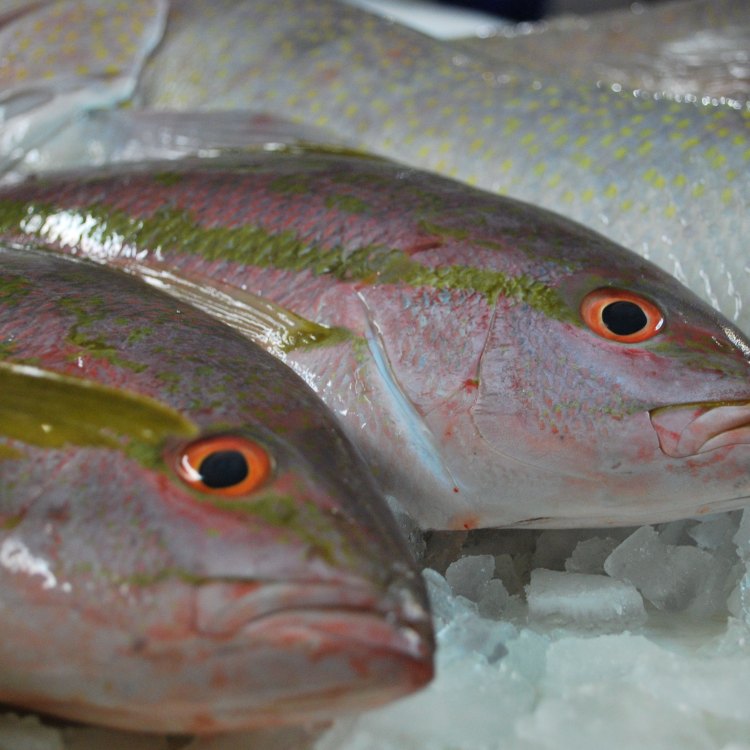
The Colorful World of Yellowtail Snappers
Disclaimer: The content provided is for informational purposes only. We cannot guarantee the accuracy of the information on this page 100%. All information provided here may change without prior notice.







